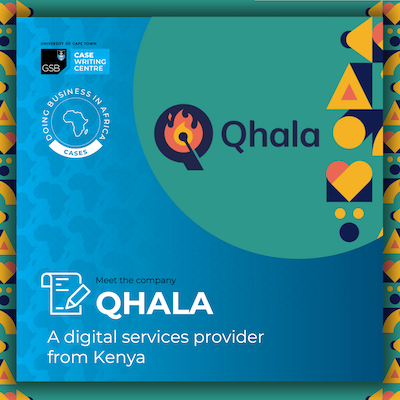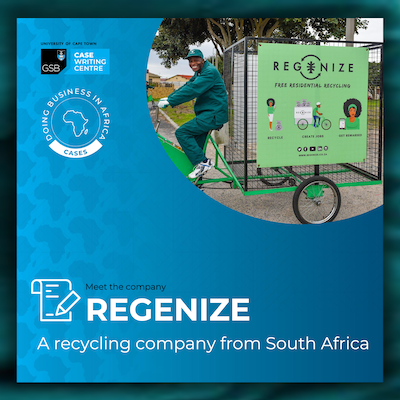
Any business student or lecturer who has read more than one business case study knows that they tend to follow a formula: Each case is written like a roadmap to take the reader on a journey through a tricky situation in a company’s history. And without fail, this journey always kicks off with an introduction to the central character from the featured company – the protagonist – usually someone in a leadership or management role with decision-making power. This introduction helps the reader to see the world through the eyes of a real person, someone who has their own backstory, personality, strengths and weaknesses, professional priorities, and a choice to make.
The case structure does more than engage readers, drawing them into the nitty gritty details of the case. It's vital to the learning process because it helps students understand that the scenario they are about to analyse is real and consequential – that the business is a real organisation full of real people. A good introduction can make or break a student's connection with this reality. So, when we began to conceptualise the Doing Business in Africa series, we knew we wanted to preserve this element of the traditional case study, but with a twist. Which is why every deconstructed case starts with a blog – “Meet the Company” – that gives readers a short and sweet introduction to the organisation they will be learning about over the next four weeks.
Designing DBIA
With our “intro blogs”, as we call them, we leave the classic opening vignettes of the business school case study at the door (“It was another shining morning in Cape Town’s bustling central business district. As Themba looked out on the Mother City from his corner office, he wondered…”) and cut to the chase about the company’s history, their industry context, and the “protagonist” we will be hearing more from in the subsequent podcast, The Dilemma.
We adopted a design thinking approach to develop the DBIA series, consulting with an array of potential readers – academics, entrepreneurs, managers, alumni – to hear about how they stay clued into African business.
As much as we love narrative-building at the CWC – and we do! – we wanted the DBIA series to meet a broader audience of learners where they are. In a world where an endless list of articles, data, and media compete for our attention, business leaders and decision-makers have to be scrupulous about how much time they spend consuming which sources. Indeed, when were developing the DBIA concept, we adopted a design thinking approach, consulting with an array of potential readers – academics, entrepreneurs, managers, alumni – to hear about how they stay clued into African business. Almost all of them described a dearth of quality resources on African businesses, a habit of scrolling social media for useful links to read later, the need for bite-sized content, and a desire for non-textual content to enhance learning.
We designed the deconstructed case, and the intro blogs in particular, with these demands in mind: get to the point, make the information engaging with multiple formats, don’t bombard the audience with all the pieces at once, and let the audience decide if they want to follow the links down the rabbit holes of their choosing. Our intro blogs set readers up with the essentials and give them the option to dig deeper as the multimedia case unfolds. We hope they grip readers from the jump with their direct style and data-rich content – made available in a downloadable format – and entice you to learn more with every subsequent installation of the case.
Read the blogs
Check out all the blogs in the DBIA collection.

|

|

|

|

|
NEXT UP: A look behind the DBIA podcast, The Dilemma















